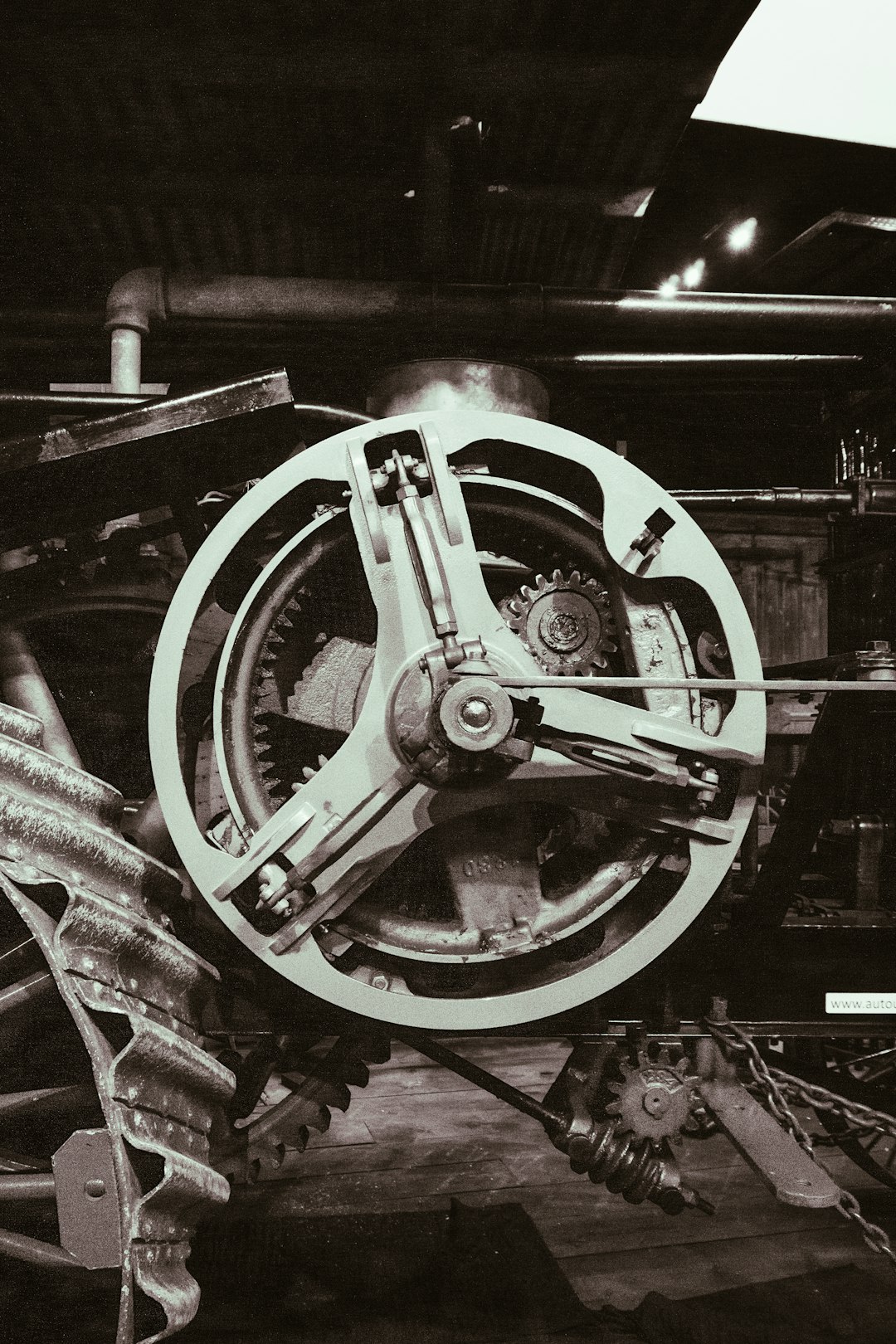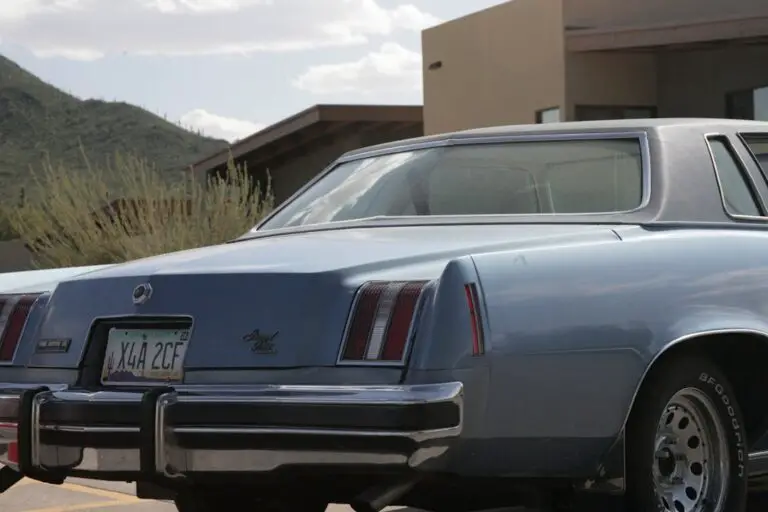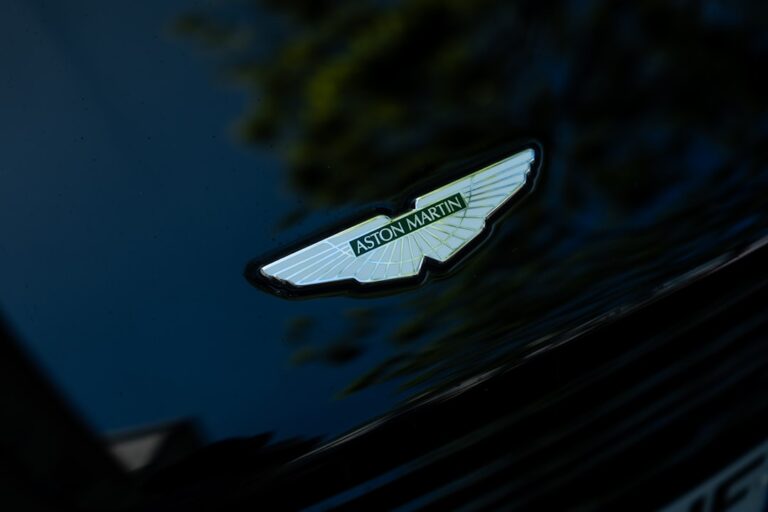Support our educational content for free when you purchase through links on our site. Learn more
The Big 3 of Automobile Makers in the 1920s [2024]
Have you ever wondered who the major players were in the automobile industry during the 1920s? Well, we’ve got you covered! In this article, we’ll take a deep dive into the world of automobiles in the 1920s and explore the “Big 3” automakers of that era. Get ready to travel back in time and discover the fascinating history of Ford, General Motors, and Chrysler!
Quick Answer
The “Big Three” auto companies in the 1920s were Ford, General Motors, and Chrysler. These companies emerged as the dominant players in the automobile industry during that time, revolutionizing the way cars were manufactured and sold.
CHECK PRICE on: Ford | General Motors | Chrysler
Quick Tips and Facts
- Henry Ford innovated mass-production techniques that became standard in the industry.
- Ford, General Motors, and Chrysler emerged as the dominant auto companies by the 1920s.
- The Model T, introduced by Henry Ford in 1908, became an iconic symbol of the era.
- General Motors, under Alfred P. Sloan, Jr., introduced planned obsolescence and emphasized styling.
- The automotive industry in the 1920s experienced both growth and challenges.
- The legacy of the U.S. auto industry continues to shape the world today.
Background: The Roaring Twenties and the Automobile Industry

The 1920s, also known as the Roaring Twenties, was a decade of economic prosperity and cultural transformation in the United States. It was a time of rapid industrialization and technological advancements, and the automobile industry played a significant role in shaping this era.
During this time, the automobile industry experienced tremendous growth, with millions of cars being produced and sold. The demand for automobiles skyrocketed as more people could afford to buy cars, thanks to the introduction of assembly line production and mass-production techniques.
Henry Ford and the Model T
When it comes to the automobile industry in the 1920s, one name stands out: Henry Ford. Ford was a visionary who revolutionized the way cars were manufactured and sold. In 1908, Ford introduced the Model T, a groundbreaking vehicle that would change the world.
The Model T was the first car to be produced on a moving assembly line, allowing for faster and more efficient production. This innovation significantly reduced the cost of manufacturing cars, making them more affordable for the average person. Initially sold for $825, the Model T quickly became a symbol of the era.
✅ Fun Fact: By 1927, Ford had sold over 15 million Model T cars!
General Motors Introduces ‘Planned Obsolescence’
While Ford was dominating the automobile industry with the Model T, another player was making waves: General Motors (GM). Under the leadership of Alfred P. Sloan, Jr., GM introduced the concept of planned obsolescence.
Planned obsolescence is the practice of designing products with a limited lifespan, encouraging consumers to replace them with newer models. GM embraced this strategy and emphasized styling and frequent model changes to attract customers. This approach helped GM increase its market share and eventually surpass Ford in profits by 1986.
Automotive Industry Growing Pains
As the automobile industry grew rapidly in the 1920s, it also faced its fair share of challenges. Ford’s mass-production techniques were adopted by other American manufacturers, leading to increased competition. Additionally, the number of active automobile manufacturers dropped significantly by 1929, as smaller companies struggled to keep up with the dominant players.
Car sales also faced a hurdle as replacement demand for new cars exceeded demand from first-time owners by 1927. However, installment sales of automobiles established purchasing on credit as a middle-class habit, paving the way for future growth in the industry.
World War II and the Auto Industry
The outbreak of World War II had a significant impact on the automobile industry. American manufacturers shifted their focus to producing essential military items, and vehicle production for the civilian market ceased in 1942. The war brought about a halt in innovation and production, but it also laid the foundation for future advancements in the industry.
Rise of Japanese Automakers
In the 1980s, the automotive industry witnessed the rise of Japanese automakers. Japan became the world’s leading auto producer in 1980, thanks to its fuel-efficient and well-built small cars. Japanese brands like Toyota, Honda, and Nissan gained popularity in the United States, challenging the dominance of American automakers.
U.S. Carmakers Retool
To compete with the rising Japanese automakers, U.S. carmakers underwent a massive program of plant modernization and retooling in the 1980s. This initiative aimed to make cars smaller, more fuel-efficient, less polluting, and safer. The industry adapted to changing consumer demands and embraced new technologies to stay competitive.
Legacy of the U.S. Auto Industry
The U.S. auto industry has left an indelible mark on society. It became the backbone of a consumer goods-oriented society, providing jobs and stimulating economic growth. By 1982, the industry provided one out of every six jobs in the United States.
The automobile industry also revolutionized ancillary industries like steel and petroleum, creating a ripple effect throughout the economy. It stimulated outdoor recreation, tourism, and urban development, shaping the landscape of cities and towns across the country.
FAQ

Who are the Big 3 auto makers?
The Big 3 auto makers refer to Ford, General Motors, and Chrysler. These companies emerged as the dominant players in the automobile industry during the 1920s and continue to be major players today.
Read more about “What are the Top 4 Automotive Companies in 2024?”
What were the 3 automobile companies that were in the 1920s that are still around today?
The three automobile companies that were prominent in the 1920s and are still around today are Ford, General Motors, and Chrysler. These companies have a rich history and have played a significant role in shaping the automotive industry.
What was the 3rd car company?
The third car company in the Big 3 was Chrysler. Founded in 1925, Chrysler quickly became a major player in the automobile industry. Today, it is part of Stellantis, one of the largest automotive groups in the world.
Read more about “… What are Three Famous Car Brands?”
Which of the Big 3 automakers of Detroit were incorporated in 1911?
Of the Big 3 automakers of Detroit, only General Motors was incorporated in 1911. Ford was incorporated in 1903, and Chrysler was founded in 1925.
Conclusion

The 1920s were a transformative period for the automobile industry, and the Big 3 automakers played a pivotal role in shaping its history. Henry Ford’s innovative mass-production techniques, the introduction of the Model T, and General Motors’ emphasis on planned obsolescence and styling were just a few of the key developments that defined this era.
The legacy of the U.S. auto industry continues to shape the world today. From creating jobs and stimulating economic growth to revolutionizing ancillary industries, the impact of the automobile industry is undeniable.
So, the next time you hop into your car, take a moment to appreciate the rich history and innovation that have brought us to where we are today. And remember, the Big 3 automakers of the 1920s were the driving force behind this incredible journey!
Recommended Links
- Car Brand Comparisons
- Car Brand Lists
- Car Brand Market Shares
- Car Brand Reviews
- Car Brand Histories
- The Largest Automobile Manufacturer Country in the World 2024



